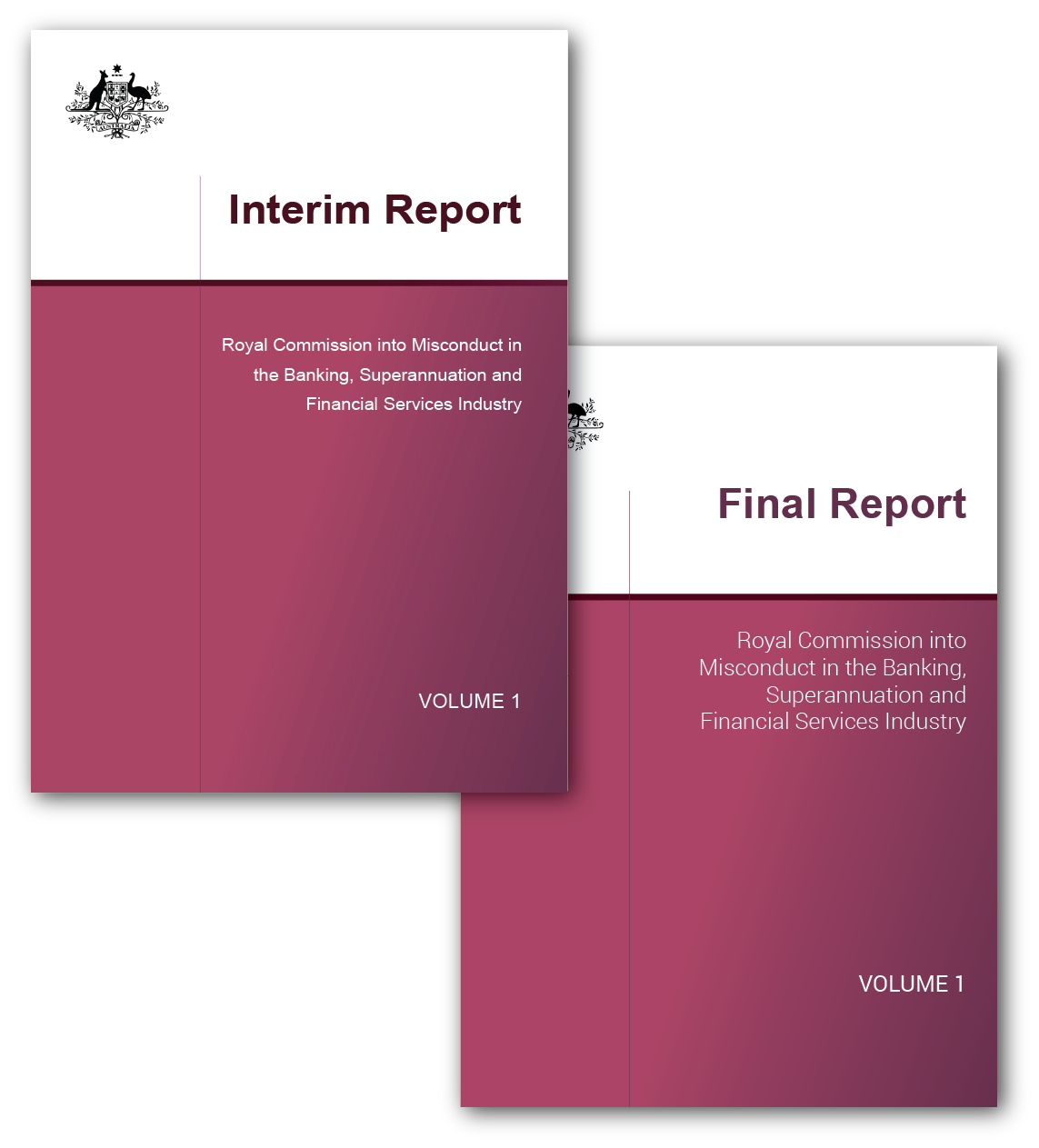The feeling of confusion has long been part of our day-to-day dealings with the financial sector. Whether it’s a new insurance policy contract or taking out a loan from the bank, the information we are presented is often complex and hard to understand. While stories dealing with this issue have been brought to our attention in the past, the spotlight is now on the financial sector as a whole and its failure to operate with the customers’ best interests in mind. This includes a lack of clear and accessible information.
Why accessibility matters in the financial sector
Accessibility is about making your information, services, technologies and facilities available and usable to as many people as possible. It’s also about making sure people with different abilities, backgrounds and knowledge have equal access to these same services and information.
Currently, there are a large number of instances showing that the banking and finance sector is well behind other groups in removing the barriers many people face to accessing financial information and services.
What did the banking Royal Commission say?
Commissioner Kenneth Hayne addressed the issue of accessibility in a number of recommendations in the Royal Commission into Misconduct in the Banking, Superannuation and Financial Services Industry Interim Report and Final Report.
On access to banking services the Commissioner states:
“It is unsurprising that large entities, carrying on their businesses in all parts of Australia, apply the same policies and procedures whenever they can. But, as the Commission’s inquiries showed, not all Australians can always resort to those standard policies and procedures. Not all Australians have the same access to telephone or internet banking. Not all Australians can ‘step into the nearest branch’ to sort out some issue that has emerged. Not all Australians have English as a first language or are as adept in using the English language as others. Not all Australians can easily produce standard identification records.” (emphasis added)
To improve access to banking services for these people, the Commissioner had a specific recommendation (Recommendation 1.8 – Amending the Banking Code):
“I consider that provision should be made in the 2019 Banking Code to require banks to work with customers who live in remote areas, or who are not adept in using English, to identify a suitable way for those customers to access and undertake their banking.”
This recommendation is particularly important for addressing general literacy, numeracy and financial literacy issues in Australia. Data shows that there are a large number of people in our community that struggle to understand complex written material and maths and numeracy.
Literacy levels in Australia
In October 2013, the Organisation for Economic Co-operation and Development (OECD) published the results of the latest international study on literacy in the developed world, the Programme for the International Assessment of Adult Competencies (PIAAC). It measured the literacy, numeracy and computer skills of people in 24 different countries.
While Australia came in fourth out of all surveyed countries for literacy, the results still showed that 14.1 per cent of our population have very low levels of literacy and over 40 per cent have literacy levels below what is considered enough to get by in everyday life.
The study also found that, in general, older people have lower levels of literacy and that people whose first language was not English were more likely to be at the lower skill levels. This included 25 per cent at literacy levels of Level 1 or below (Level 3 is needed to read a bus timetable).
Numeracy levels in Australia
For numeracy in the PIAAC study, Australia came in even lower at 13th out of all surveyed countries, which was just below the OECD average for numeracy skills. The study showed that 21.5 per cent of Australians have low or very low levels of numeracy.
This has a big impact on why many Australian’s struggle to understand banking, insurance and superannuation information. Without basic numeracy, understanding complex calculations is out of reach for many people.
Financial literacy
The banking Royal Commission also revealed that Australia has a serious problem with financial literacy.
In an ABC News article, University of New South Wales' Business School Professor Pamela Hanrahan said too many Australians can’t make basic maths calculations. This lack of financial literacy also causes a great deal of stress. According to a 2017 Australian Securities and Investments Commission (ASIC) survey, more than one-third of people who responded said dealing with money was ‘stressful or overwhelming’.
Due to this lack of financial literacy, Professor Hanrahan said the law around financial advice was designed to be as user-friendly as possible. The idea behind this is that you shouldn’t be expected to be an expert in financial matters to understand the information that financial institutions give you. You should be able to go to a banker or a fund manager and get clear and helpful information that is in your best interests. As the banking Royal Commission revealed, however, this has not always been the case.
All of these statistics point to the importance, and the legal responsibility, of making sure information about financial services is clear, succinct and simple. Whether it’s a bank statement or an insurance contract, accessibility is something that must be applied across the board in the finance sector.


